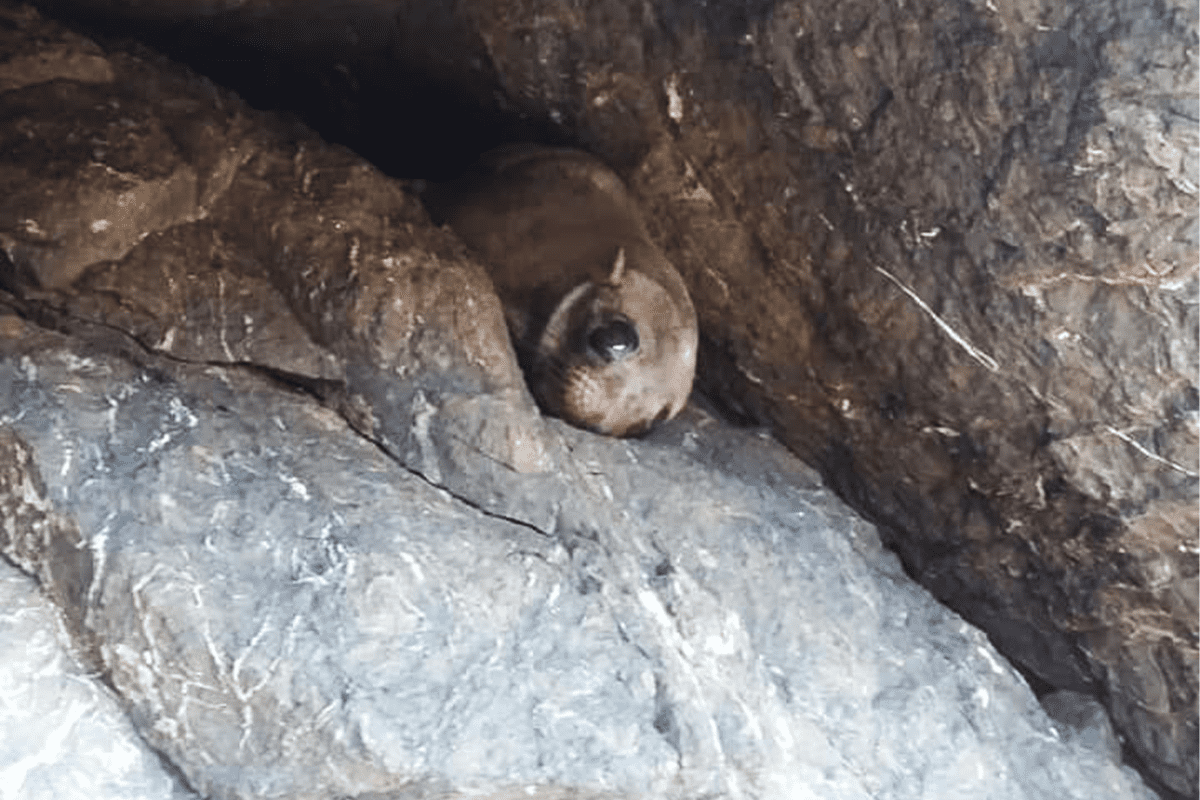Adding a new species to the list of wild animals that can be found in Costa Rica is an uncommon event. It’s even more uncommon when that animal weighs between 100 and 800 pounds and is 5 to 8 feet in length. Over the last few years, that is exactly what has taken place when Galapagos sea lions started showing up on Costa Rica’s Pacific beaches.
As the name hints, Galapagos sea lions are supposed to be found on the Galapagos Islands in Ecuador. Well, technically, they’re also found on Isla de la Plata and the coast of Ecuador as well, but Galapagos, Isla de la Plata and Ecuadorian Coastline Sea Lion is just too long of a name.
So why are we adding Galapagos sea lions to the list of animals one might spot while sipping an Imperial on a Tico beach, when the Galapagos Islands are something like 800 miles away? Because they started swimming ashore with some regularity a few years ago.
It seems to have started in the early 2000s. I couldn’t find exact numbers or dates for when these visits started or exactly how many have graced Costa Rica’s shores with their presence, but it’s pretty clear that the number of sea lion sightings has been increasing since 2010. There have been confirmed sightings around Jacó, Malpaís, Corcovado National Park, Chira Island in the Gulf of Nicoya, Playa Nosara, and Playa Cuajiniquil in La Cruz, among other beaches.
Another interesting tidbit of information is that it seems as though every individual recorded so far has been a juvenile traveling alone (not the several hundred pound adult version). The good people that are studying this interesting phenomenon believe that these younger sea lions aren’t as savvy as adults when it comes to knowing where to find a meal.
While looking for something to eat, the juveniles accidentally leave their traditional hunting areas and catch a ride on the Humboldt current which flows northwest towards Costa Rica’s tropical shores.
Even though the odds seem absolutely insane, I personally have had a Galapagos sea lion encounter on the shores of Guanacaste. I was walking along Playa Grande with my little family in May of 2019. It was early on a weekend morning, and we decided a beach walk was the right way to start off the day.
As we were investigating the tidepools for interesting creatures (I can’t stop being interested in wildlife, even on my days off), we noticed a small group of people acting really excited about a little cave in a giant rocky outcropping by the water’s edge.
My instinct when I see a group of people acting weird in public is to go in the opposite direction, which is exactly the direction I started shooing my kids, but it turns out my wife’s instinct is the opposite, so she walked over to see what the fuss was about.
She returned to inform me that there was a juvenile sea lion in the cave and that SINAC officials were on their way with equipment to catch it and transport it to a wildlife rehabilitation facility.
She noted that I’m a wildlife biologist that has years of experience catching wild animals with animal-catching equipment and that I should probably help. Her logic was pretty flawless, so I joined the handful of officials that had recently arrived with a dog crate and a few of those long metal poles with wire loops on the end that you can use to safely handle something that doesn’t want to be handled.
We nervously applied leather gloves and prepared all of our equipment. It took a heart pounding three seconds to apply the equipment and successfully slide the animal into the crate. After a few relieved high fives, the sea lion was on its way to a rehab center in Puntarenas.
It’s important to keep in mind that wild animals should not be handled. Without the presence of the SINAC officials and their request that I help, I never would have gotten close to the sea lion let alone try to handle it.
This event took place several years ago, and since then sea lion sightings in Costa Rica have steadily increased. I’m not sure if it is still the policy of wildlife officials to attempt to relocate sea lions or if they have decided that it is best to let them be.
If you are spending a lovely day on the beach with your family and happen upon a juvenile sea lion, don’t get close. Appreciate seeing a creature that few have seen in Ticolandia and report your sighting to the proper authorities.
About the Author
Vincent Losasso, founder of Guanacaste Wildlife Monitoring, is a biologist who works with camera traps throughout Costa Rica. Learn more about his projects on facebook or instagram. You can also email him at: vincent@guanacastewildlifemonitoring.com






